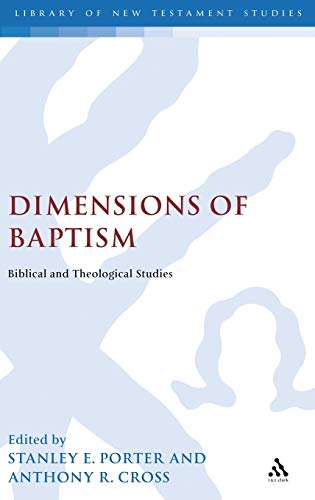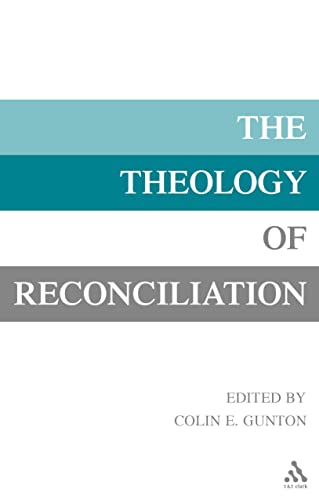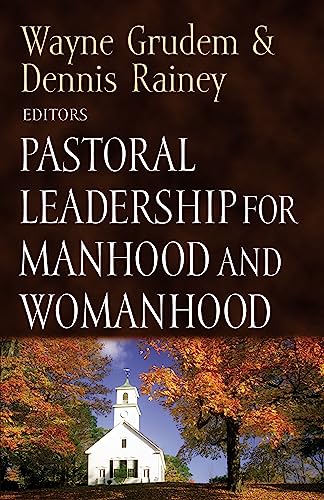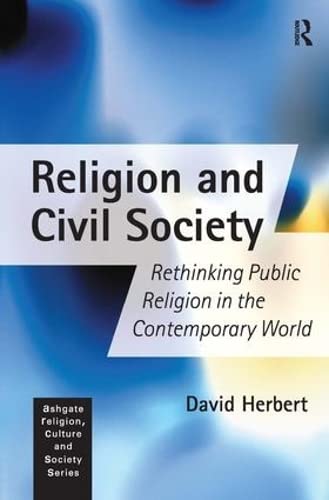THE INDIAN CHURCH IN CONTEXT: HER EMERGENCE, GROWTH AND MISSION
Written by Mark T. B. Laing Reviewed By Elizabeth A. ClarkIn February 2002 the Centre for Mission Studies at Union Biblical Seminary, Pune, held its eighth consultation. It was attended by UBS staff, local church leaders and key mission representatives. Seminar papers addressed two topics: how to contextualise Christian faith in India and how faith is moulded by context. This volume, edited by one of the contributors, is the report of that consultation.
Papers were given under four headings, each prefaced by a synopsis: Biblical perspectives: the biblical approach to human religions; Israel’s expression of her unique faith as a help to the Indian church as she considers mission in the context of communalism and persecution; the biblical perspective on idolatry.
Historical perspectives: lessons from the emergence and growth of the Roman Catholic mission in India; the contrasting approach of two 19th century Protestant missionaries—Alexander Duff and John Cough; 20th century conference models for engagement with Hinduism and Islam.
Theological perspectives: three models for engagement with Hinduism; attempts to search for possibilities of Hindu/Christian interaction in the face of a widening gap between the two.
Contextual perspectives: some background to Islam in India; issues currently facing tribal Christians in North East India; case studies of pastoral issues facing first generation converts to Christianity.
In some instances, five in total, a paper was followed by a response.
Some papers may be of greater interest than others. The perceived foreignness of Christianity is addressed. In the context of idolatry the need to discern between issues that are religious and those that are cultural or social is emphasised.
Three papers stand out to this reviewer as among the more strategic. Sebastian C. H. Kim offers three models to deal with the problem of conversion which has become a major political issue, namely the secular model (the theology of the secular gospel), leading to a Christ-centred secular fellowship; the inculturation model (the theology of fulfilment) offering a Hindu-Catholic synthesis and the liberation theology model where conversion occurs as a search for liberation from caste oppression.
Plamthodathil S. Jacob entitles his contribution ‘Walking the bridge between Hinduism and Christianity’. He searches for spans in the bridge, and offers examples of possible theological, soteriological, cosmological, spiritual, ethical and symbol spans as ways of making contact with Hindu thinking and he encourages his listeners to actually walk the bridge. Jacob offers an extensive bibliography.
Jangkholam Haokip offers excellent background data about the tribal Christians of North-East India. These three identities, tribal, Christian and North-East Indian individually and collectively raise difficult issues for these people in an Indian context. In response, Lanuwabang Jamir affirms Haokip’s evaluation.
It is apparent from the case studies that Hansraj Jain provides that a new believer from another community can face enormous problems, not least the negative attitude of the local church. Special pastoral care is needed.
The contemporary nature of these scholarly papers make this book a valuable resource for students of mission, especially mission in India where communalism and violence against minority groups is rising sharply.
Elizabeth A. Clark
Lesmahagow







